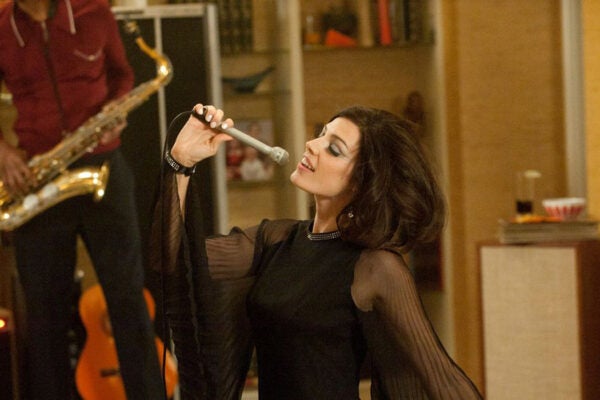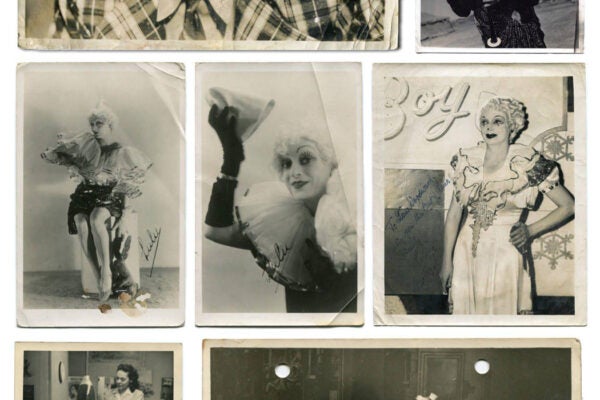History and Civilization
The Civilization video games may not convey actual history very well, but they’ve encouraged generations of young people to learn more about the past.
Western Travel Writers or Japanese War Propagandists?
Even as Japan courted Western tourists with images of exotic customs and untouched landscapes, the Second Sino-Japanese War raged across East Asia.
Weight in the Sociology Classroom
Body weight is in some ways a trickier topic for sociology students than other stigmas. One professor explains how he approaches the challenge of discussing it.
How the Land Is Passed
A transatlantic story of Black land, loss, and resistance.
How Libraries Stand the Test of Time
The digital era builds upon millennia of librarianship as humans strive to preserve our cultural heritage.
One Woman’s Path to Jonestown
While the events that led to the Jonestown massacre included profound tragedy, the life—and death—of one of its residents offers lessons on community and resilience.
Mad Men and Its Obsession with Frenchness
Mad Men’s in-universe fascination with Frenchness was so frequent and important to the plot(s) that it might as well have been a main character.
10 Villanelles by Modern and Contemporary Poets
Read these recursive, nineteen-line poems by Elizabeth Bishop, Paisley Rekdal, William Logan, Agha Shahid Ali, and more.
Online Reading, African Archaeology, and Inca Literacy
Well-researched stories from Undark, NPR, and other great publications that bridge the gap between news and scholarship.
Send in the Clowns
Lulu Adams came from a long, illustrious line of circus performers and was credited—even if wrongly—with being the world’s first female clown.









